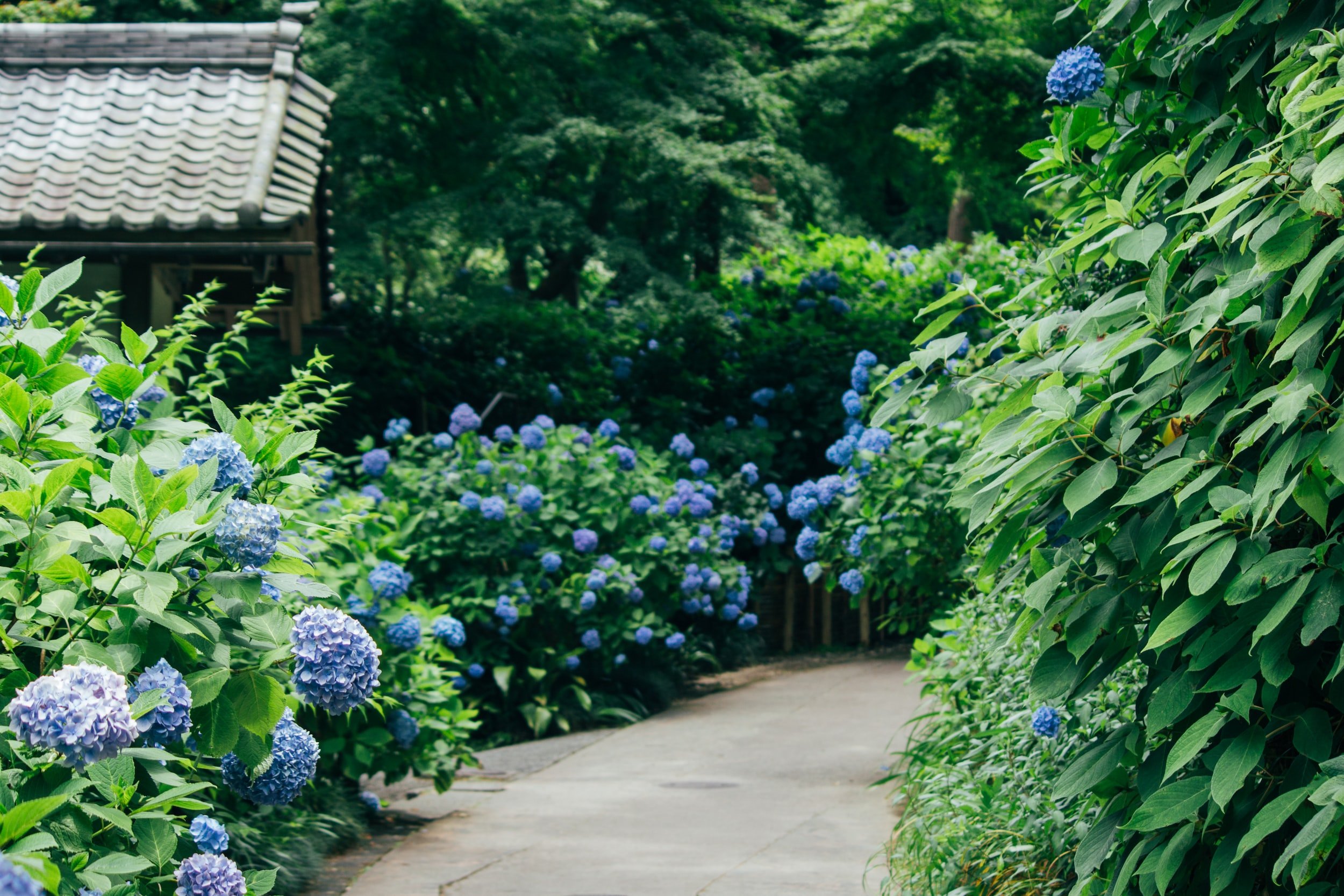How Hydrangea Leaves Turning Yellow can Save You Time, Stress, and Money.
Some Ideas on Hydrangea Leaves Turning Yellow You Should Know
Table of ContentsNot known Incorrect Statements About Hydrangea Leaves Turning Yellow 3 Easy Facts About Hydrangea Leaves Turning Yellow DescribedSome Known Questions About Hydrangea Leaves Turning Yellow.Hydrangea Leaves Turning Yellow - An OverviewThe smart Trick of Hydrangea Leaves Turning Yellow That Nobody is Talking AboutThe 7-Second Trick For Hydrangea Leaves Turning Yellow
The container should be large enough so the plant can grow and get every one of the water and nutrients it needs. Location the container on a veranda, or in a shady place on an outdoor patio. You can also replace the plant with a panicle hydrangea. Panicles enjoy the complete sunlight.
Ornamental grass, Rose of Sharon, or Holly shrubs are just a few concepts of plants you can use to obstruct the wind. If you require to transplant, locate a place in your garden that is well protected from sunlight and wind. Transplanting is finest carried out in the fall or the springtime.
Some Ideas on Hydrangea Leaves Turning Yellow You Need To Know
The plants place is the most vital variable when it comes to obtaining well-known and proper development. With a little forethought on growing location and appropriate upkeep, you'll be able to guarantee your hydrangeas!.
If Hydrangea leaves turn yellow and drops off later, it's normally due to overwatering, as the plant can not uptake water and loses the leaves to cut off transpiration. Following this, Hydrangea leaves start to droop and shrivel. Because both conditions can create yellow fallen leaves, you should find the distinction between the overwatered and underwatered plant.
You can save the plant from yellow fallen leaves by providing it the appropriate light and positioning. If your plant obtains yellow fallen leaves, relocate to a dark area. Area Hydrangea plants inside near an east-facing home window. Dapple the plant with drapes or UV defense sheets to obstruct straight heat.
Hydrangea Leaves Turning Yellow Things To Know Before You Get This
Keep in mind, Hydrangeas are just frost tolerant in loss and winter months as they go inactive, and temperature modifications can cause yellowing leaves and brownish spots. If it gets as well warm, the sides of the leaves come to be yellow, turn brown and develop a crispy texture. Move your potted Hydrangeas far from drafty north-facing windows in the winter.
Heavy dirt can quickly block the oxygen supply to the origins and cut the connection with the upper parts of the plant (leaves). Hydrangea leaves change their color if they locate small troubles in the soil structure. This issue can create the Hydrangea entrusts to turn yellow, struggle with leaf decreases, and provide a droopy plant compatible overwatering.
Yellow leaves in Hydrangeas are the very first indications of disease invasion, typically adhered to by black places, browning, drops, and wilting. Isolate the diseased or pest-infested plant from the healthy and balanced plants to prevent condition spread. If it is a garden plant, remove all the infected fallen leaves using decontaminated tools and cleanse up all the debris.
The smart Trick of Hydrangea Leaves Turning Yellow That Nobody is Discussing
Reducing off helps Hydrangea shade unnecessary weight and insurance coverage, permitting the development of new leaves. The very best time to trim Hydrangeas is spring when the plant prepares to sprout vegetation for the following period. why not look here Examine for invested or infected fallen leaves and cut the base of a stalk that signs up with the fallen leaves and stem.
Prevent cutting healthy and balanced or eco-friendly leaves, and do not get rid of more than 25% of Home Page the plant's foliage. The main factor behind the red leaves in Hydrangea is poor soil or ecological problems.
Also, repot the plant annually in springtime or every 2 years if the development rate is slow.
The Single Strategy To Use For Hydrangea Leaves Turning Yellow
There are six main reasons that this may happen:: The plant does not get adequate sunlight.: The origins are either as well wet or also dry.: The plant is too cold.: The dirt is not acidic or alkaline enough for the hydrangea.: The plant isn't obtaining the ideal nutrients it needs to stay healthy.
Each reason affects the plant in a manner that can be dealt with if we understand how to take care of hydrangeas properly. When we chat concerning insufficient light for hydrangeas, we mean that the plant isn't obtaining sufficient sunshine. Hydrangeas favor intense light, yet not straight, scorching sunlight - Hydrangea Leaves Turning Yellow. They often grow ideal with morning sunlight and afternoon color.
Without enough sunlight, the fallen leaves can turn yellow, the plant can come to be weak, and it could create fewer flowers. To make certain look at this web-site a hydrangea receives ample light, it should be positioned in a spot where it can delight in the early morning light and be safeguarded from the extreme afternoon sun. Overwatering is when a hydrangea plant gets more water than it needs.
5 Simple Techniques For Hydrangea Leaves Turning Yellow
Without enough air, the roots can not do their job well, and the plant starts to suffer. Yellow leaves may be a sign that the plant is getting also much water. On the other hand, dehydration happens when the plant doesn't get adequate water. Like individuals, plants need water to stay healthy and balanced.
It is very important to know that this sort of yellowing is different from the yellowing brought on by problems like too much water or not adequate light. If the yellow leaves are mostly at the bottom of the plant and the rest of the plant looks healthy and balanced, it can simply mean that the leaves are just getting old.